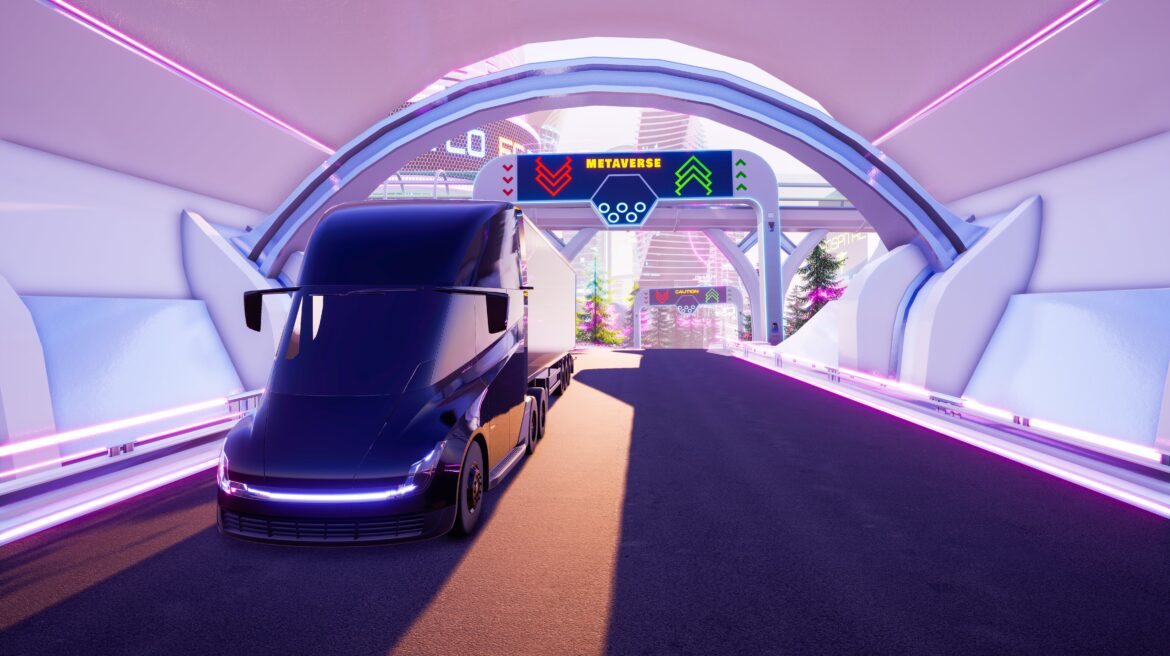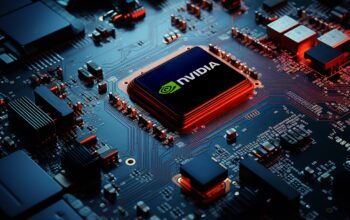The metaverse, a virtual universe where people can interact with each other and digital objects in a shared online space, is rapidly evolving and impacting various industries. Transportation is one sector that stands to gain significant benefits from the metaverse, transforming the way we design, plan, experience, and manage mobility. This article delves into the potential applications, benefits, challenges, and future implications of the metaverse in transportation.
Potential Applications and Benefits
- Enhanced Training and Simulations: The metaverse offers immersive environments for training transportation professionals, such as pilots, drivers, and engineers. Virtual reality (VR) and augmented reality (AR) simulations can replicate real-world scenarios, allowing trainees to practice and hone their skills in a safe and controlled setting. This can lead to improved competence, reduced training costs, and enhanced safety.
- Remote Operations and Monitoring: Metaverse technologies enable remote operation and monitoring of transportation systems. For example, autonomous vehicles can be controlled remotely by operators located in a virtual control center. This not only reduces the need for on-site personnel but also allows for more efficient management of fleets and operations.
- Improved Traffic Management and Urban Planning: Digital twins, virtual replicas of physical cities or transportation networks, can be used to simulate and optimize traffic flow, test new infrastructure projects, and evaluate different land-use scenarios. This can lead to reduced congestion, improved safety, and more efficient urban planning.
- Enhanced Customer Experience: The metaverse can enhance the passenger experience by offering immersive entertainment, personalized information, and virtual shopping experiences during travel. AR interfaces can provide real-time information about routes, schedules, and points of interest, while VR can create engaging experiences that make travel more enjoyable.
- New Business Models and Revenue Streams: The metaverse opens up new possibilities for businesses in the transportation sector. Companies can create virtual storefronts, offer virtual tours of vehicles, and sell virtual goods and services. For example, Acura Honda has opened a virtual dealership in Decentraland, where users can explore vehicle features and potentially make purchases.
Specific Technologies Under Development
- Immersive Hardware: Companies like WayRay are developing immersive hardware, such as the Holograktor windscreen, which offers mixed reality experiences for drivers. This technology overlays digital information onto the real world, providing drivers with enhanced navigation, safety alerts, and entertainment options.
- Autonomous Vehicles: The integration of autonomous vehicles (AVs) with the metaverse is a significant area of development. AVs can be operated remotely through virtual interfaces, potentially leading to remotely operated taxis, freight services, and public transportation.
- Digital Twins: Cities like Orlando, Boston, and Las Vegas are exploring the use of digital twins to model and test various transportation scenarios. This technology can help planners make informed decisions about infrastructure projects, traffic management strategies, and land-use policies.
Challenges and Considerations
- Cybersecurity and Privacy Risks: As with any internet-connected technology, the metaverse raises concerns about cybersecurity and privacy. The collection and use of personal data, such as location and biometric information, need to be carefully managed to protect user privacy and prevent misuse.
- Affordability and Inclusivity: For the metaverse to truly transform transportation, it needs to be accessible to everyone. This means ensuring that the technology is affordable and that the user experience is inclusive, catering to people with different abilities and backgrounds.
- Regulatory and Legal Frameworks: The metaverse raises new legal and regulatory questions related to liability, intellectual property, and data ownership. Governments and industry stakeholders need to collaborate to develop appropriate frameworks that ensure safety, fairness, and innovation in the metaverse.
The Future of Metaverse and Transportation
The metaverse has the potential to revolutionize the transportation industry in numerous ways. It can improve safety, efficiency, and sustainability while also enhancing the customer experience and creating new business opportunities. However, to fully realize this potential, several challenges need to be addressed, including cybersecurity, affordability, and regulatory frameworks.
As the metaverse continues to evolve, we can expect to see even more innovative applications in the transportation sector. The integration of artificial intelligence (AI), blockchain, and other emerging technologies will further enhance the capabilities of the metaverse and its impact on transportation.
From virtual reality training for drivers to remotely operated autonomous vehicles and digital twins of entire cities, the possibilities are vast. As we move towards a more connected and immersive digital future, the metaverse is poised to play a crucial role in shaping the future of transportation.
Conclusion
The metaverse is not just a buzzword; it is a rapidly evolving technological landscape with the potential to transform various industries, including transportation. The integration of the metaverse with transportation systems can lead to significant advancements in training, operations, customer experience, and urban planning. However, to fully realize this potential, we need to address challenges related to cybersecurity, affordability, and regulation.
As we continue to explore the possibilities of the metaverse, it is crucial to collaborate across industries and disciplines to create a safe, inclusive, and innovative metaverse ecosystem that benefits everyone. The future of transportation is intertwined with the metaverse, and the choices we make today will shape the way we travel and interact with our cities in the years to come.




